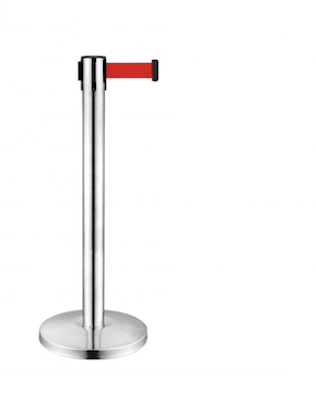I grew up close to South Kensington Tube station, in a part of London so liberally endowed with monuments to the memory of Albert, Prince Consort, that its nineteenth-century nickname was Albertopolis. My friends and I played football in Kensington Gardens, in the shadow of that gilded Victorian Gothic needle of remembrance, the Albert Memorial. My father took me to evening concerts at the Albert Hall. My mother took me to the local museums: first to the Natural History Museum, where I gazed up, transfixed, at the mighty skeletons of dinosaurs and the daunting full-scale model of a blue whale (how Alice-in-Wonderland Peculiar: a creature bigger than a house); then to the Victoria & Albert Museum, a treasure-house formed like a labyrinth, with its cabinets of Ming, its corridors of funerary sculpture and its Great Court filled with plaster casts after the likes of Michelangelo and Giambologna: a knacker’s-yard for masterpieces.
My favourite thing of all was none of those, but a bizarre object originally created in the 1790s for the collection of the Sultan of Mysore, in Southern India: Tipu’s Tiger, an automaton made from lacquered wood in the form of a tiger devouring a man in European dress. Back in the days when my mother and I used to visit, it was still in working order. At the push of a button – I must have pushed it a hundred times – the human victim would raise a hapless hand, then let it fall, while a miniature 18-pipe organ, ingeniously intruded into the body of the tiger, would alternately simulate hungry growls and terrified screams. What a fantastically grisly thing, I remember thinking: a malign, mechanised version of Winnie the Pooh’s friend Tigger, and far more exotic. Looking back on it now I wonder if it wasn’t...


